I thank my wife, Patricia, for her enduring and superb help in editing the book. Her tireless efforts in preparing the manuscript and her ongoing support made the book become a reality. I thank my agent Chris Bucci at Anne McDermid & Associates, Toronto, for his support and encouragement and for finding the right publisher. I am indebted to my colleagues Martin Green, Viktor Toth, and Vincenzo Branchina for reading the manuscript at an early stage and making many valuable suggestions for improving the book. I thank Bob Holdom and Alvaro de Rujula for helpful discussions. I am grateful to my editor Jeremy Lewis at Oxford University Press for being interested in the topic of particle physics and for publishing the book; thanks also to Erik Hane, Cat Ohala, and Bharathy Surya Prakash, who have been helpful in the final stages of the book preparation. I thank the John Templeton Foundation for their generous financial support for much of the research that forms the basis of this book, and for the writing of the book itself. I also thank my home institute, the Perimeter Institute for Theoretical Physics, for their support, and for providing opportunities for the exchange of ideas, which is a major way that theoretical physics progresses.
What Is Everything Made Of?
The fifth-century BC Greek philosopher Leucippus, and his pupil Democritus (460 to 370 BC), presaged in broad strokes by more than 2,000 years the standard model of particle physics. They claimed that matter could be broken down to a basic unit. This claim was in contrast to Aristotle (384 to 322 BC), whose ideas, based on Platos, soon became the establishment view of the day, and who taught that the basic elements of the universe were the earthly elements fire, water, earth, and air, plus the heavenly element, ether. Leucippus and Democritus called their basic unit atom, which means indivisible or uncutable in Greek. By 1964, with the publication of the quark model by Murray Gell-Mann and the independent proposal by George Zweig of aces, the ancient Greek idea of a basic unit of matter had finally arrivedand the quarks, along with the leptons, would eventually be heralded as the basic units of all matter.
FINDING THE BUILDING BLOCKS
Particle physics has a long history, reaching back to the 19th century and the discovery of atoms. The reductionist view that matter is constituted of tiny, indivisible units received its first serious validation in 1897, when J. J. Thomson of Cambridge University discovered the electron. Ernest Rutherfords discovery around 1919 of the protonthe positively charged particle at the center of the hydrogen atom, with Thomsons negatively charged electron buzzing around itintroduced another important unit of matter. It was not until 1932, when James Chadwick discovered the neutron with the first particle accelerator, that the dominance of the proton and electron as the only basic units of matter was broken. This was the birth of nuclear physics; the nuclei of more complicated atoms and molecules were discovered to be composed of different numbers of bound protons and neutrons. The radioactive beta decayor transmutation of matter first discovered by Henri Becquerel in 1896of some of these nuclei released a further unit of matter, called the neutrino, which was a massless, electrically neutral particle. At the time of its discovery, it was believed to have zero mass, and, obeying Einsteins special relativity theory, it moved at the speed of light. The neutrino was first proposed by Wolfgang Pauli in 1931 to explain the observed missing energy in radioactive decays. He surmised that an unseen neutral particle was carrying it off. The neutrino was not confirmed experimentally until 1959, by Fred Reines and Clyde Cowan.
The famous Dirac equation, invented by Paul Dirac in 1928, provided a particle-wave description of the electron in accordance with Einsteins special relativity. However, it had an interesting by-product; it also predicted the existence of antimatter. Carl Andersons detection in 1932 of the positron, a positively charged electron, was a triumph for Dirac. Eventually, this discovery led to the understanding that all the basic constituents of matter had antimatter partners. For example, the protons antiparticle is the antiproton.
As accelerators were developed that collided particles at higher energies, more particles and their antimatter partners were discovered. The muon, a kind of heavy electron, was found by Carl Anderson and Seth Neddermeyer at Caltech in 1936. This was followed by the discovery of the mesons, the particles that were, at that time, considered to be the carriers of the strong force holding atomic nuclei together, much as the photon carries the electromagnetic force. In 1935, Japanese physicist Hideki Yukawa had predicted that the protons and neutrons were bound in the atomic nucleus by the exchange of mesons, and after World War II, in 1947, Cecil Powell, Csar Lattes, and Giuseppe Occhialini of the University of Bristol detected these particles in cosmic rays.
GROUPING THE BUILDING BLOCKS
The electron, proton, neutron, neutrino, antimatter, meson, muon,! What next? By the mid 1950s, the number of newly discovered particles at accelerators was so large that physicists began referring to them as the particle zoo. To make sense of the abundance of particles, physicists began categorizing them, using the ideas from group theory, which had been promoted by Hermann Weyl, John von Neumann, and other mathematicians. Murray Gell-Mann and Yuval Neeman played a significant role in this effort. Gell-Mann was a dominant figure in particle physics during the 1960s and 1970s. He was a professor of physics at Caltech, and won the Nobel Prize in 1969 for his contributions to particle physics and the discovery of quarks.

Figure 1.1 Gell-Manns Eightfold Way of baryons. Here, s stands for the quantum number strangeness, and q stands for electric charge.
SOURCE: tikalon.com.
During the early 1960s, before the advent of the quark model, Gell-Mann developed what he called the Eightfold Way, alluding to the Buddhist Noble Eightfold Path of right thought and actions leading to enlightenment. He proposed that what were now called the baryons (the proton, neutron, and their cousins with spin and  ) fitted into octets ()namely, patterns of eights and 10sof the symmetry group from group theory called SU(3).
) fitted into octets ()namely, patterns of eights and 10sof the symmetry group from group theory called SU(3).

Figure 1.2 Gell-Manns Eightfold Way decuplet of baryons.
SOURCE: Wikipedia Commons.
Gell-Manns classification scheme was validated in 1964 when a team of physicists from Brookhaven, the University of Rochester, and Syracuse University discovered the Omega minus particle.
Before wading any further into particle physics terminology, some brief explanations are in order. Spin is one of several parameters that characterize the different particles. It is an intrinsic quantum number that was discovered during the early development of quantum mechanics by Samuel Goudsmit and George Uhlenbeck in 1925. Spin is a degree of freedom that has meaning only in quantum mechanics. Its classical counterpart is the angular momentum of a body, such as the spinning of a top. However, the quantum mechanical spin does not have a classical interpretation. The spin of a particle is described by being either up or down in direction. Its magnitude can be integer values such as 0, 1, or 2 for bosons, and half-integer values such as and 

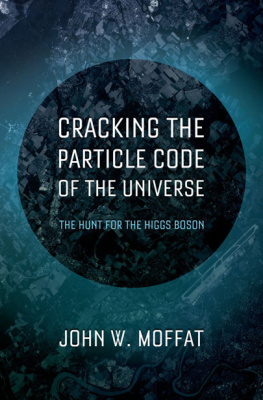
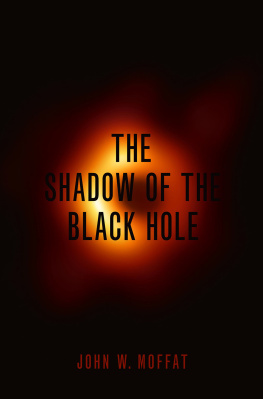
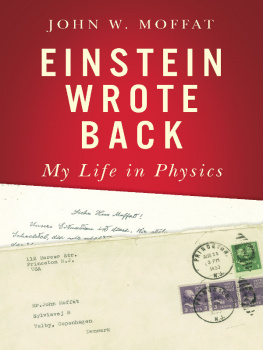
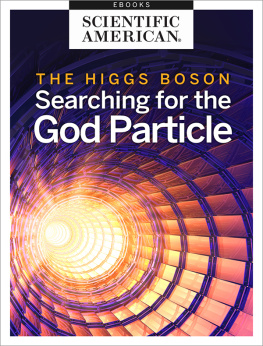
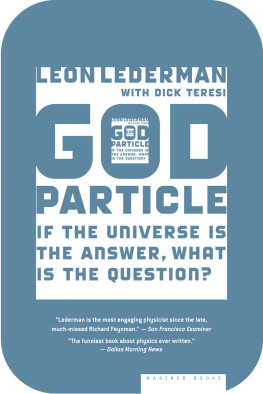

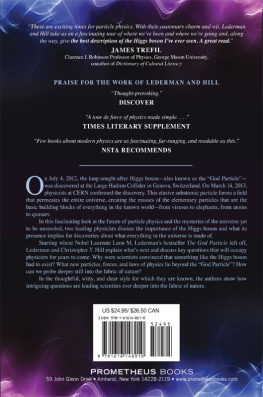
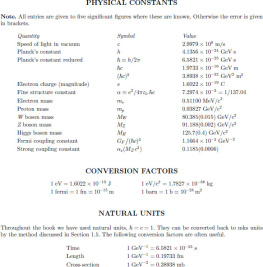
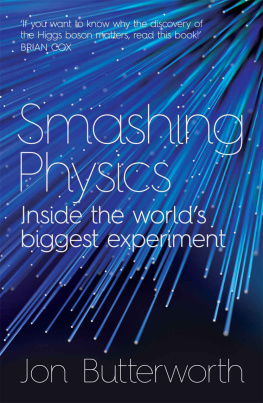
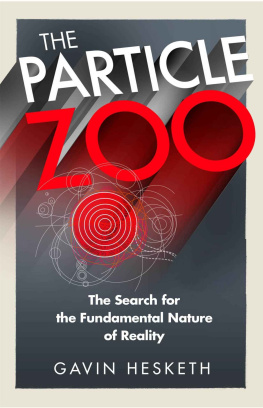
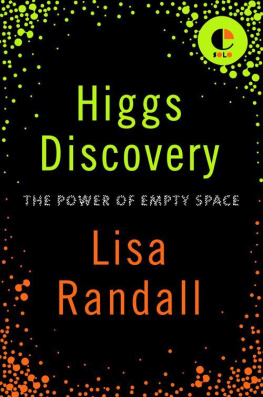

 ) fitted into octets ()namely, patterns of eights and 10sof the symmetry group from group theory called SU(3).
) fitted into octets ()namely, patterns of eights and 10sof the symmetry group from group theory called SU(3).